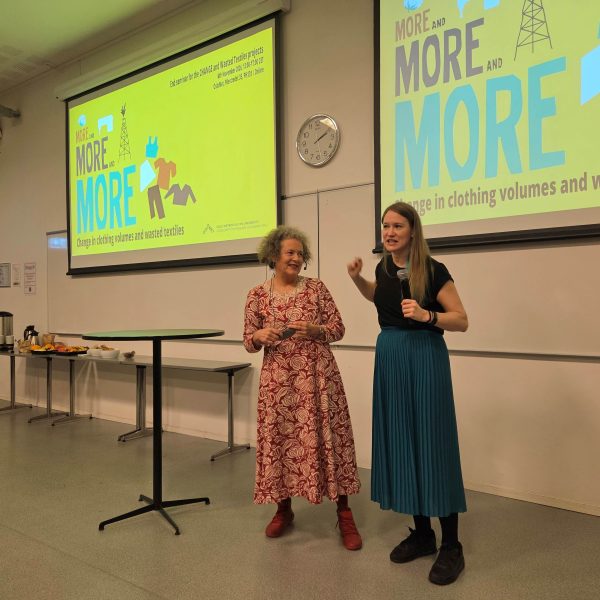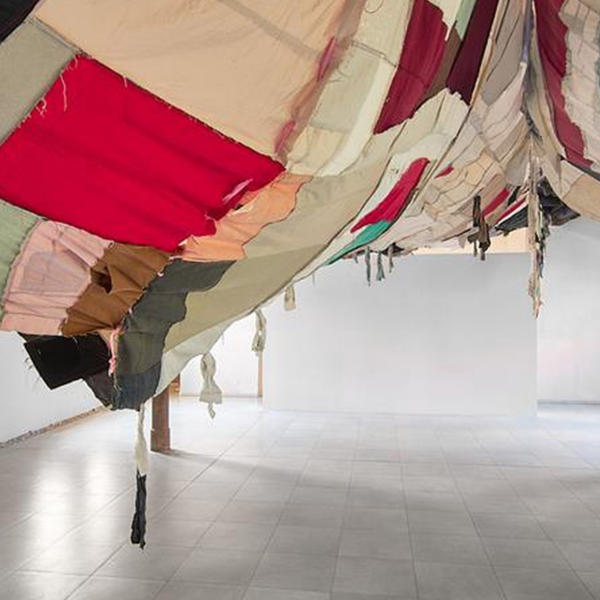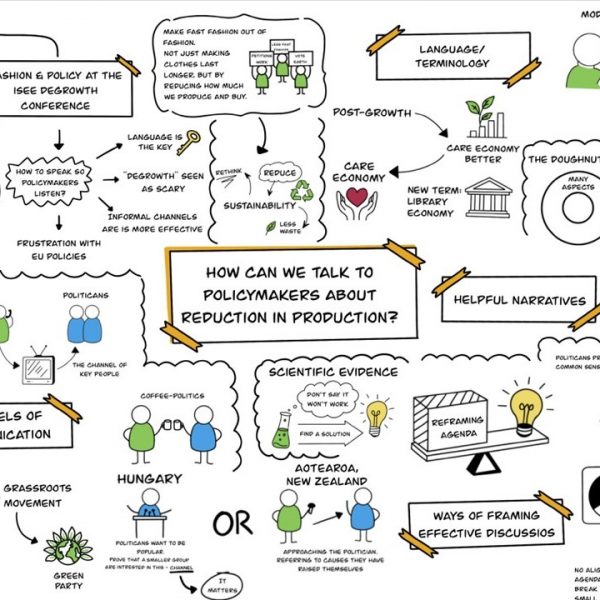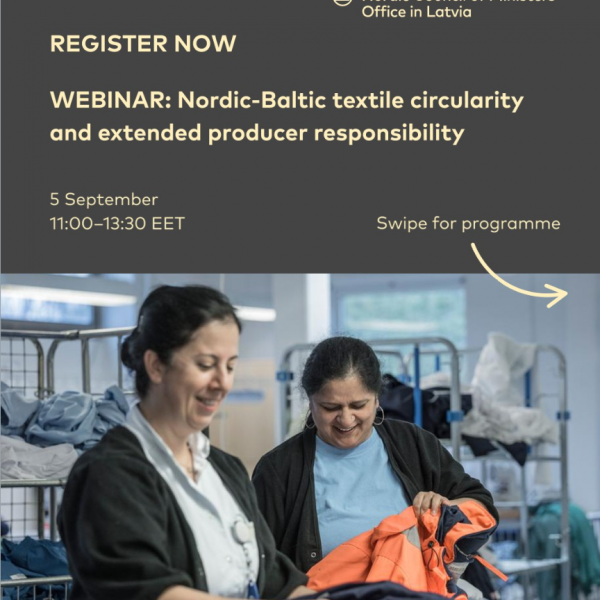Wasted Textiles
The primary objective of this project is to reduce the use of synthetic textiles and the amount that goes to waste.
Wasted Textiles is a collaborative project and the primary objective is to reduce the use of synthetic textiles and the amount that goes to waste. The project is led by Ingun Grimstad Klepp at SIFO/OsloMet and received funding of NOK 12,000,000 from the Research Council of Norway and Norwegian Retailers’ Environment Fund, out of a total budget of NOK 16,000,000.
The use of plastic has increased rapidly over the last 50 years and today synthetic textiles make up at least 60 percent of the global fibre production. Synthetics spreads microplastics and the textiles pollute nature and wildlife and are problematic in waste treatment. The project will increase knowledge about synthetic textiles in clothing and other products such as hygiene products, toys, sports equipment and more.
Wasted Textiles will start by mapping all textiles that go out of use in households. It is the textiles at this stage we refer to as “wasted”, and which can end up in many different waste streams, forgotten in storage or even lost in nature. From this point in the product’s life, we will look backwards and forwards in the value chain and ask:
- What do wasted textiles consist of, how and why is textile waste generated and how are textiles disposed of?
- How much textiles, especially synthetic, are wasted in Norway?
- How can consumption of synthetic textiles be minimised, replaced or utilised to reduce synthetic wasted textiles?
- What are the environmental, economic and societal impacts of circular economy strategies for consumption and disposal of synthetic textiles?
- Which regulatory measures can be implemented and be feasible in reducing the volume of synthetic textile waste?
The five questions each have their own work package. The work package leaders are Kirsi Laitala from SIFO/OsloMet, Frode Syversen from Mepex Consult, Kjersti Kviseth from Norwegian Fashion & Textile Agenda (NF&TA), and Susie Jahren and Moana Simas from SINTEF. Jens Måge from Avfall Norge leads the project’s steering group. Other important partners are Fretex, the Norwegian Consumer Council and the Future in Our Hands, Kerli Kant Hvass and Tone Tobiasson, as well as member companies in Avfall Norge and NF&TA and the Faculty of Technology, Art and Design at OsloMet. The project thus brings together the entire clothing sector in Norway: production, design, use and disposal.
Participants at SIFO
- Ingun Grimstad Klepp
- Kirsi Laitala
- Anna Schytte Sigaard
- Marie Hebrok
- Nina Heidenstrøm
- Vilde Haugrønning
- Lisbeth Løvbak Berg
Partners
- SINTEF
- Faculty of Technology, Art and Design, OsloMet
- Avfall Norge with member companies
- Mepex Consult
- Norwegian Fashion & Textile Agenda (NF&TA)
- Fretex
- Norwegian Consumer Council
- Future in Our Hands
- Tone Skårdal Tobiasson
- Kerli Kant Hvass
Publications
- From local strategies to global sustainability: A macroeconomic analysis of Extended Producer Responsibility scenarios for the Norwegian consumer textiles sector – SINTEF Report https://www.sintef.no/en/publications/publication/2359130/
- REdu Wasted Textiles: Method for Picking Analyses of Textiles – Report Avfall Norge
- Natural and Sustainable? Consumers’ Textile Fiber Preferences – Fibers
- Reducing Plastic in Consumer Goods: Opportunities for Coarser Wool – Fibers
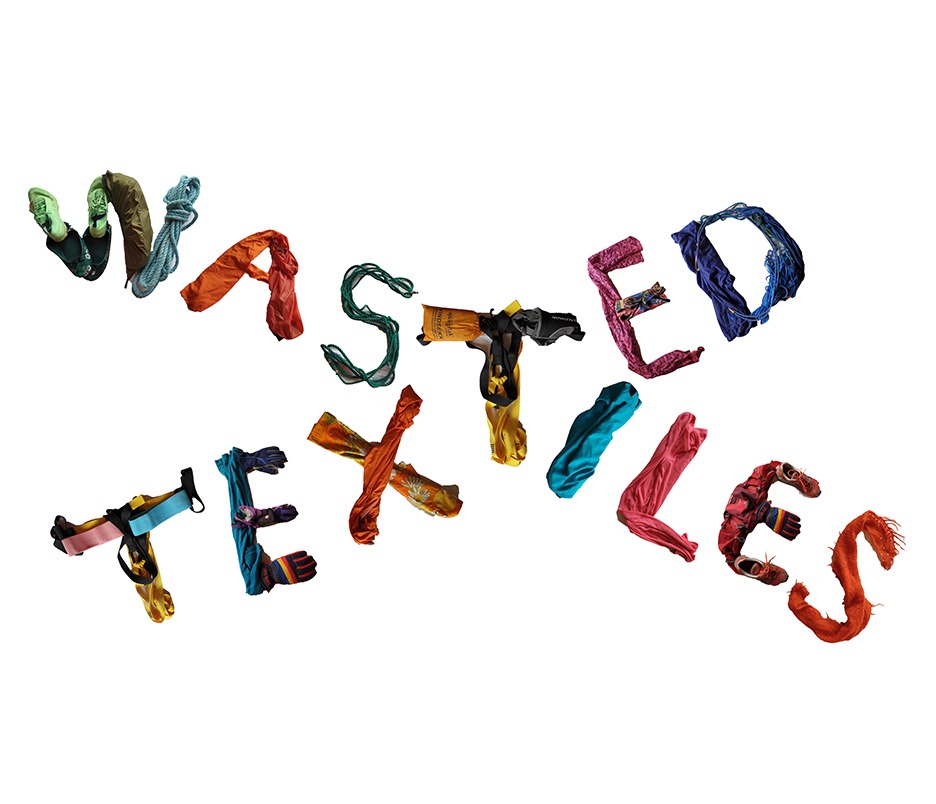
News
End seminar for CHANGE and Wasted Textiles
In order to set a final punctuation for two major research projects that have run parallel over the last five years, Consumption Research Norway Clothing division invited partners and interested parties to an closing hybrid seminar. The title ‘More and more and more’ – when both projects have been about lessening the environmental burden and…
MORE and MORE and MORE: Change in clothing volumes and wasted textiles
Hybrid seminar: Thursday, 6th of November 2025, 13:00-17:00 CET. OsloMet, Pilestredet 35 / Online.
Continue Reading MORE and MORE and MORE: Change in clothing volumes and wasted textiles
re-(t)exHile / Oslo – textile art, responsibility and global waste
Exhibition and seminar, 17th of Octobre 16:00-19:30, 18th of Octobrer 2025, 12:00 – 17:30 Deichman Library, Bjørvika, Oslo
Continue Reading re-(t)exHile / Oslo – textile art, responsibility and global waste
A CHANGE of mind
Fashion and Policy discussions at the ISEE Degrowth Conference: As both CHANGE and Wasted Textiles projects are nearing their ends, and both projects focus on degrowing the textile sector (the latter more specifically the plastic part of textiles), what could be more fitting than organized two special sessions at the ISEE Degrowth conference in Oslo?…
Nordic-Baltic Textile Circularity and Extended Producer Responsibility (EPR)
Webinar 5th September 2025, 10:00–12:30 CET
Continue Reading Nordic-Baltic Textile Circularity and Extended Producer Responsibility (EPR)
Weigthing Weight: Exploring Clothing Fiber Composition and Its Impact on Garments’ Weight
Author: Rita Dominici Introduction Various textile management policies are under debate, with particular attention to the effectiveness of weight-based eco-modulation, a policy strategy aimed at minimizing the environmental impact of products (Lifset et al., 2023). To better understand this mechanism, it is important to first know that fashion is widely regarded as “one of the least…
